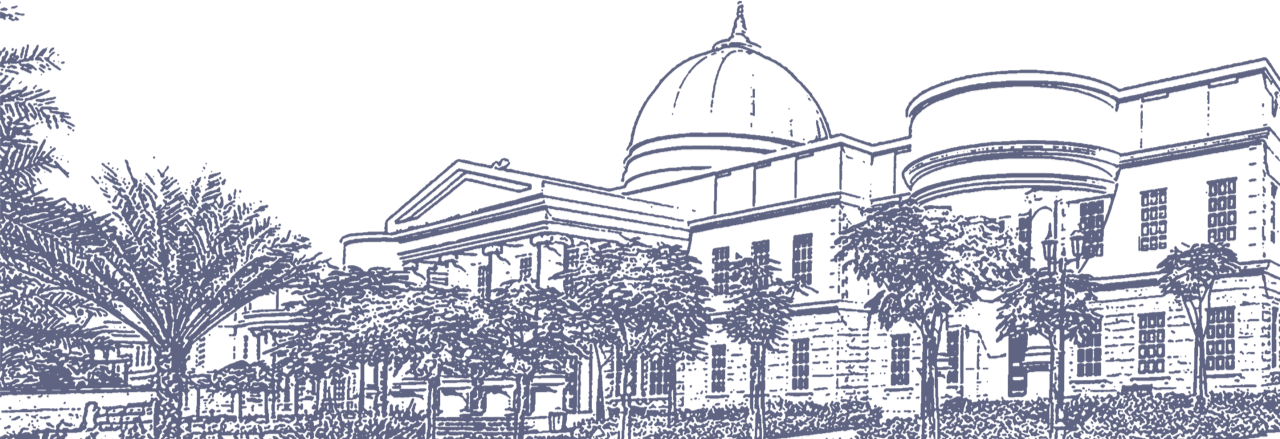Shoes
Shoes in The House on Mango Street symbolize Esperanza’s sexuality, and then her inner conflict between that sexuality and her desire for independence. The symbolism begins when a neighbor gives her, Nenny, Rachel, and Lucy some old high-heeled shoes. They try them on and find that their legs look longer and more womanly, and they walk around getting lewd comments from men. This frightens the girls, and they discard the shoes.
The Monkey Garden
At a family party Esperanza gets new clothes but must wear her old saddle shoes, and she is so ashamed of them that she won’t dance with a boy she wants to. When she finally dances with her uncle, her feet feel large and embarrassing. Later in the book, Sally’s black suede shoes symbolize her sexual maturity, and Esperanza envies them as she befriends Sally. In the monkey garden, when Esperanza is being mocked by Sally and the boys, her own feet feel foreign to her – she is conflicted between her desire to be attractive and her desire to be free of male dominance.
The Three Sisters
In Esperanza’s vision of her dream house, one of its few specific characteristics is Esperanza’s shoes beside the bed. This shows that an important part of her goals involves maturing into her own sexuality, while still retaining her independence and power.

The American University in Dubai is a private, academically and culturally inclusive institution of higher learning, providing a globally recognized American education.
AUD Library
Sheikh Zayed Road
PO Box 28282, Dubai
United Arab Emirates
Call
+971 4 318 3183
+971 4 318 3182
Email
library@aud.edu

